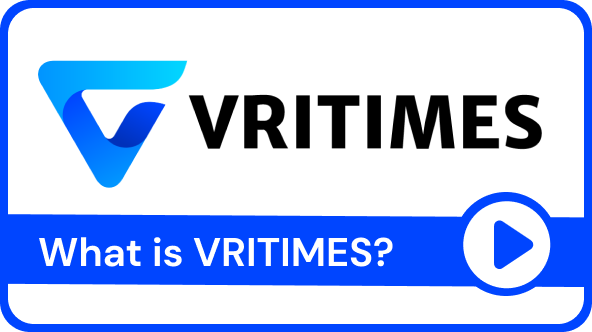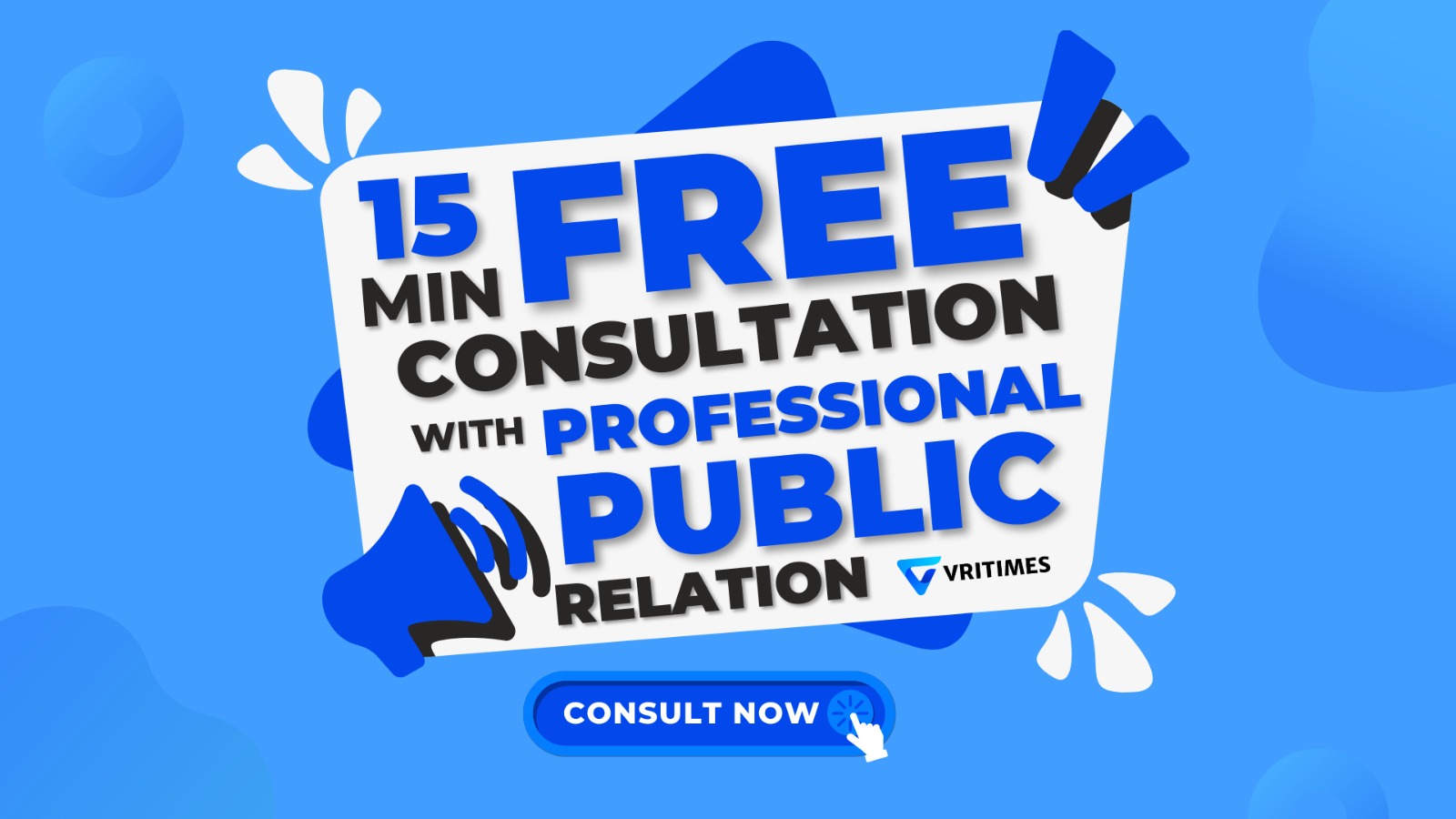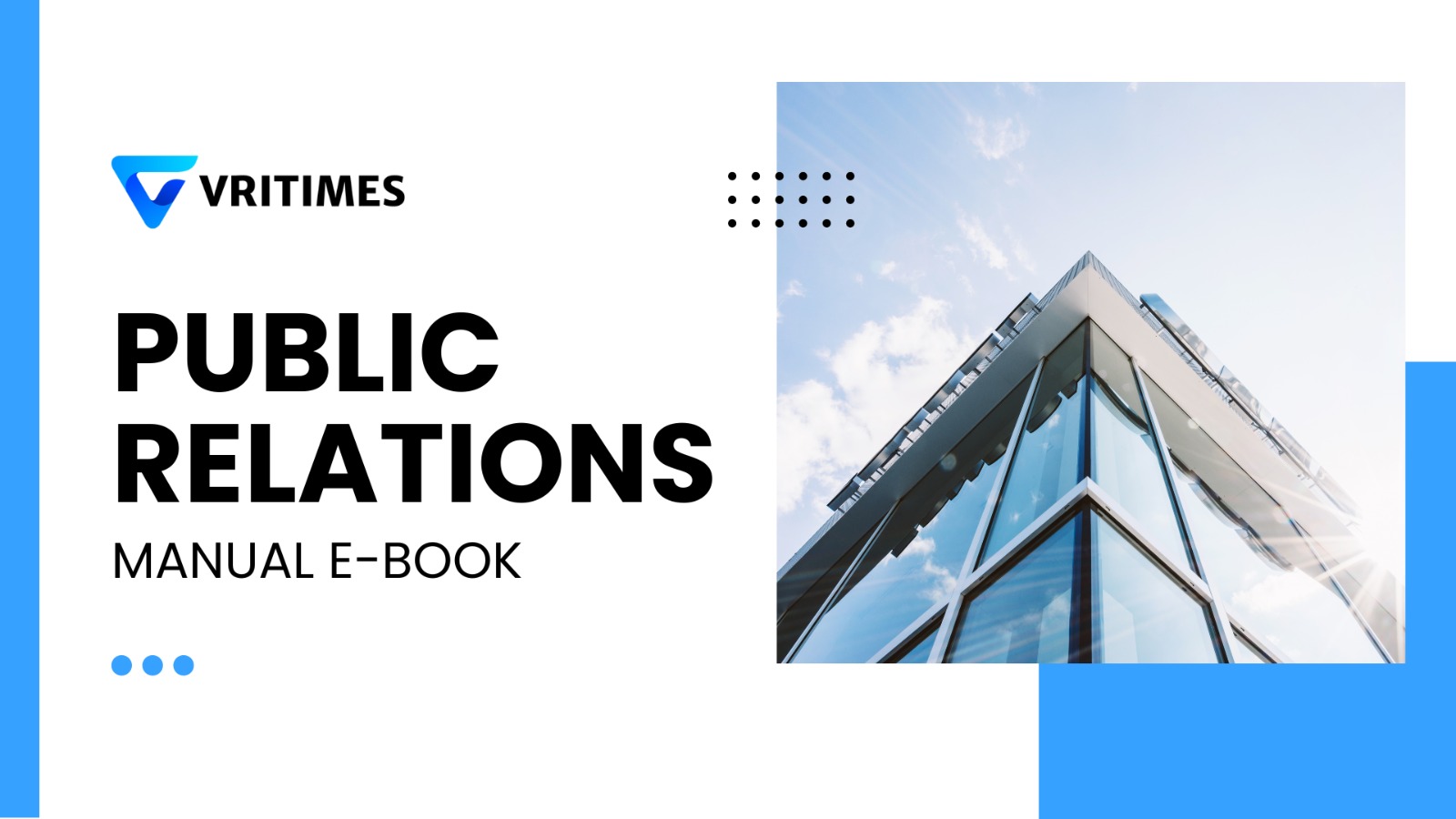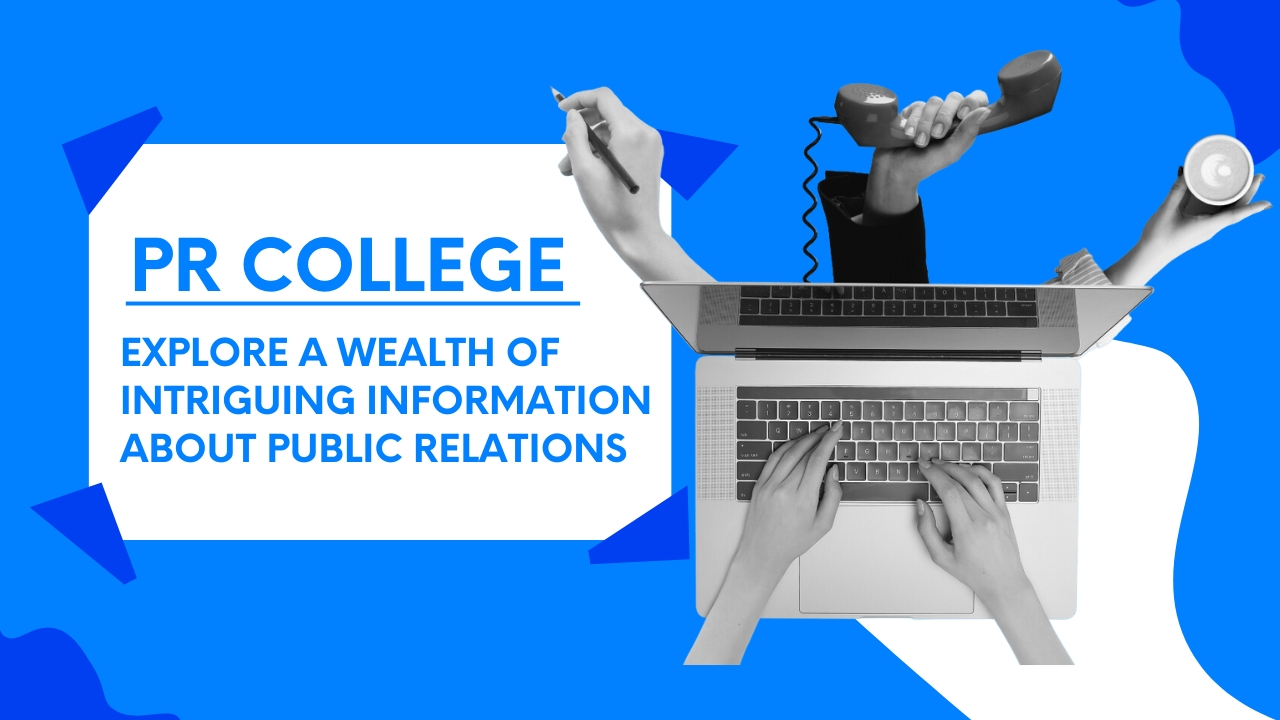/ 7 Common Mistakes in Press Releases to Be Avoided
7 Common Mistakes in Press Releases to Be Avoided
A good press release is a solid foundation for a successful public relations (PR) strategy to get media coverage. However, sometimes it fails because of common mistakes in press releases.
We have compiled 7 common mistakes to avoid when writing press releases, here they are:
.png)
1. Bad Headlines
If you write a good press release but forget to use a good headline, you are wasting your time.
Because it is above the fold, a catchy headline will play a big role in the reader's mind. It will determine whether your release is interesting or not.
Journalists spend an average of 5 seconds deciding whether or not to publish a press release. In those 5 seconds, they may only read the headline and part of the lead paragraph. That is why a catchy headline is so important.
To avoid using bad headlines, write a headline that:
- Sums up the most important fact
- Relevant
- Uses active voice
- Short (less than 80 characters)
- Elicits emotion
- Leaves a little mystery
2. Not Newsworthy
Without a newsworthy angle, journalists are unlikely to publish your release. Even if you have written an informative story, remember that you are sending it to media partners who publish news.
To create a newsworthy press release, make sure your brand is hosting a newsworthy event. For example, host an event with a celebrity or mega-influencer.
If you are launching a new product, make sure it has a unique selling point that is also a competitive advantage. For example, a sunscreen spray hair dryer diffuser for girls with curly hair.
Then write a newsworthy press release that defines the value readers will get by coming to your event or buying your product. Make sure your sentences are short and to the point.
3. Lack of Focus
Writers sometimes try to cram too many topics into a press release to appeal to multiple audiences.
However, journalists and readers will wonder what information you are actually sharing. They may become confused and decide to stop reading.
This is why you need to decide on a clear objective before writing a release. This includes deciding who you want to reach and what information you want to share.
4. Unnatural Writing
In the name of conciseness, some writers tend to start a release with a speed bump, such as "(Company name) is launching a (product name)". This sounds like robot writing.
Writing a press release is about connecting with your audience and getting media coverage. This requires good storytelling skills. You also need to know your target audience and match your tone to theirs.

5. Wrong Format
The wrong format will keep your press release from being published. When writing a press release, make sure you follow a correct journalistic writing format, which is the Associated Press (AP) style. This includes:
Answer 5W+1H (who, what, where, when, why, and how).
Use the third person viewpoint, singular or plural.
Use only one space after a punctuation mark.
Write the numbers one to nine (e.g. seven), but write 10 and so on as numbers (e.g. 15).
For addresses, abbreviate "Avenue" to "Ave", "Street" to "St." and "Boulevard" to "Blvd". Do not abbreviate the name of the street, town, city, state, or country.
Write the day, month and year in full, not abbreviated.
6. Wrong Press Release Type
Journalists and readers tend to filter press releases by type. The wrong release type can confuse your audience and even journalists.
By choosing the right press release type, you will be using the best format based on the information you want to share. Some types of press releases: event, new product launch, partnership announcement.
7. No Visuals
Not many people like to read these days. That is why you need visuals in your press releases.
Visuals also play a big role in press releases as they attract more attention. The good visuals will attract more viewers, not only those who like to read, but also those who like visuals. Visuals are also easier to share than text alone.
Include relevant images, photos or videos in your press release. But do not include too many visuals, as this will distract the audience from the main information.
Well-written press releases can help your brand gain positive media coverage, which will increase your brand awareness and image.
To create a well-written press release, make sure you avoid these common press release mistakes. Good luck!







